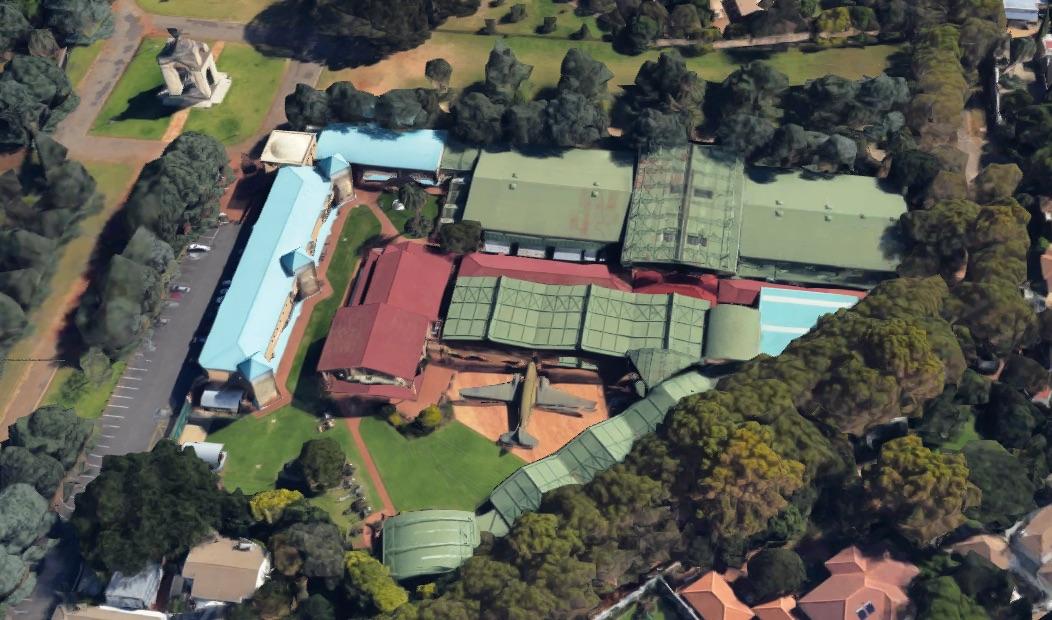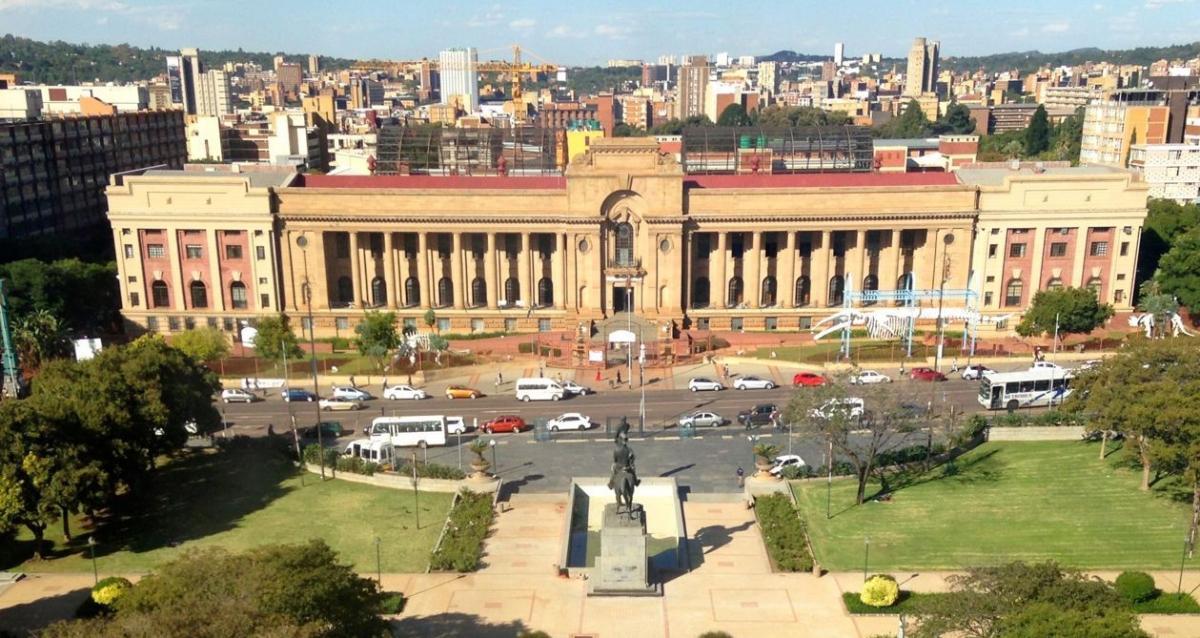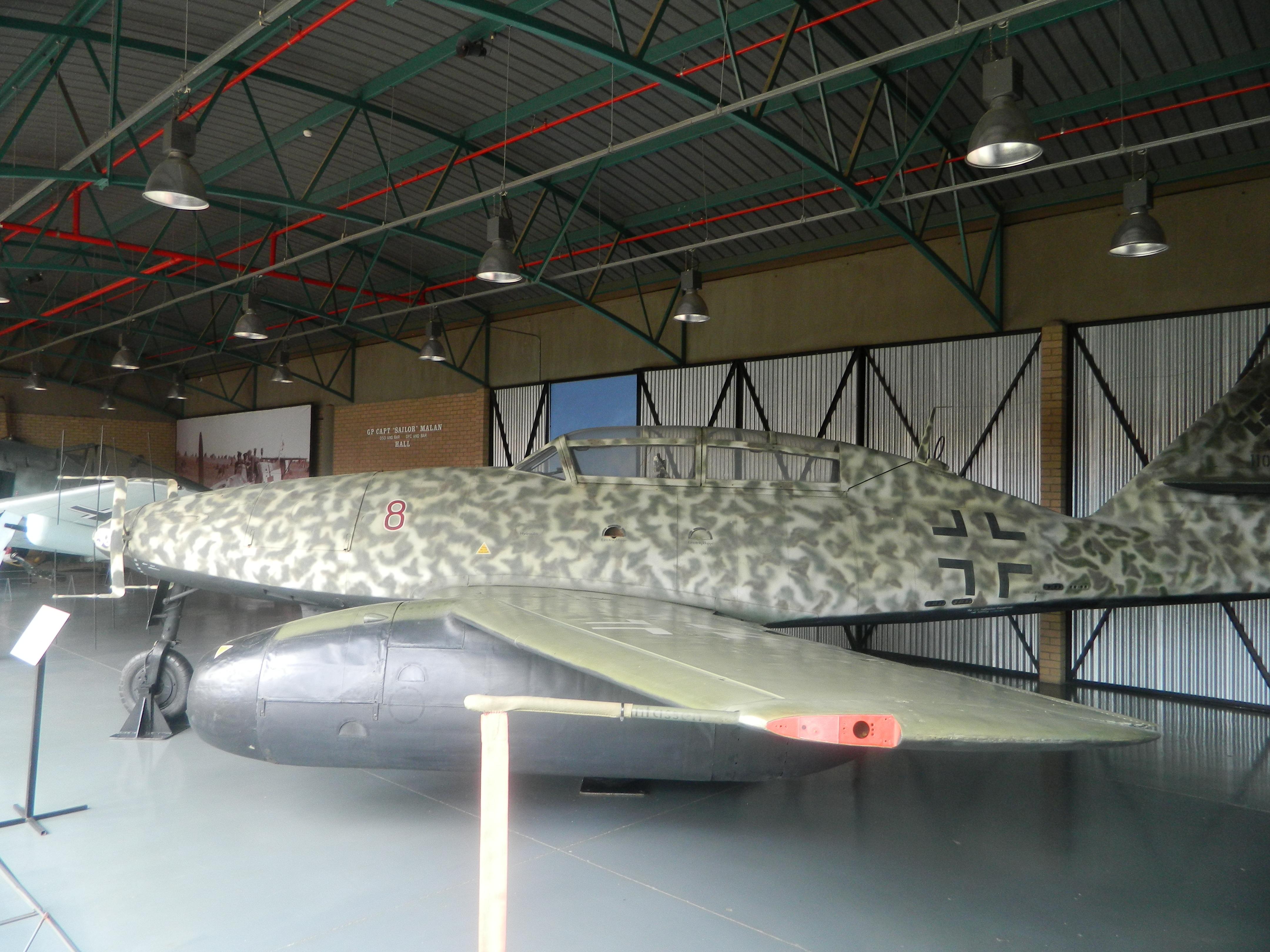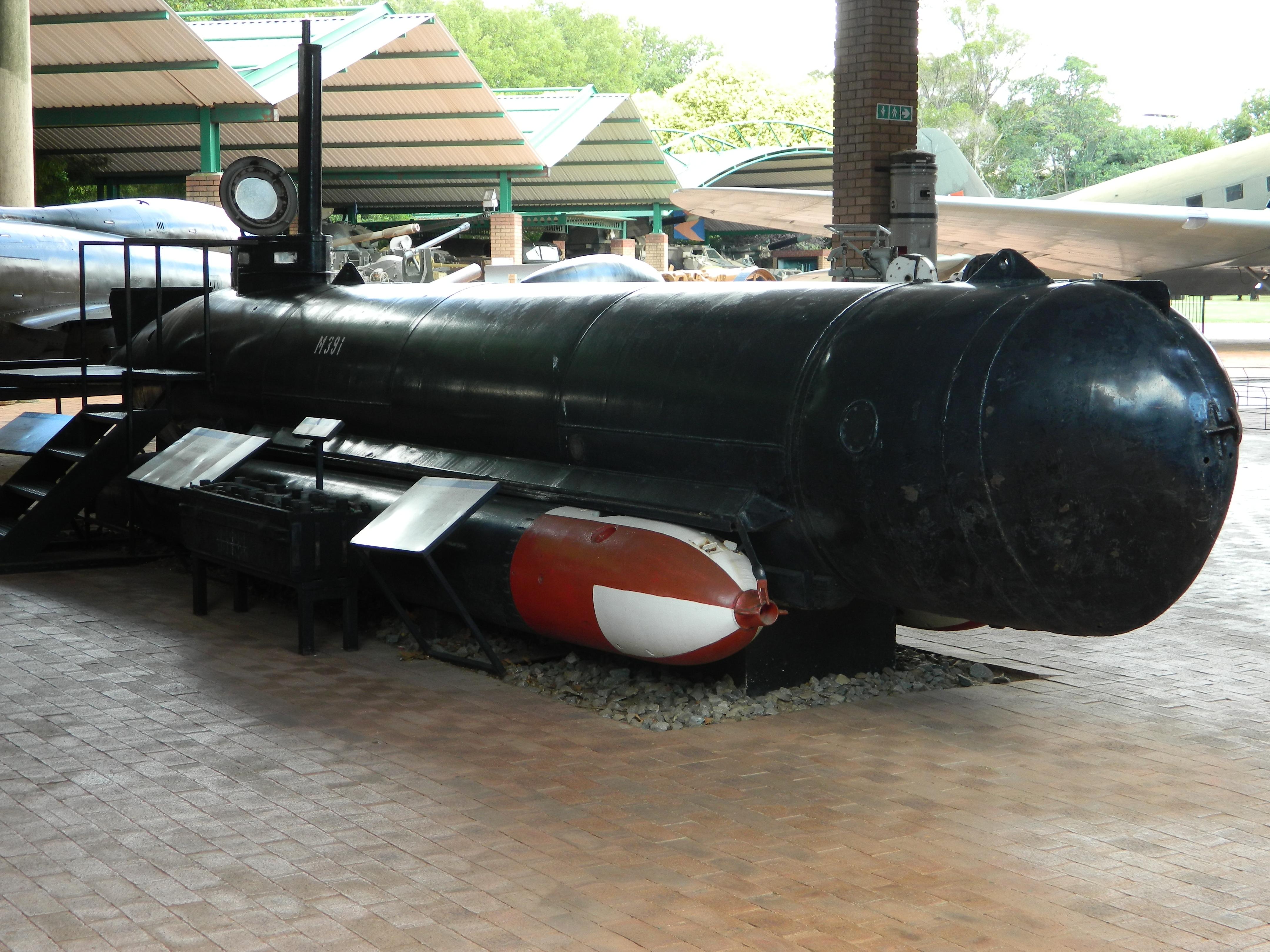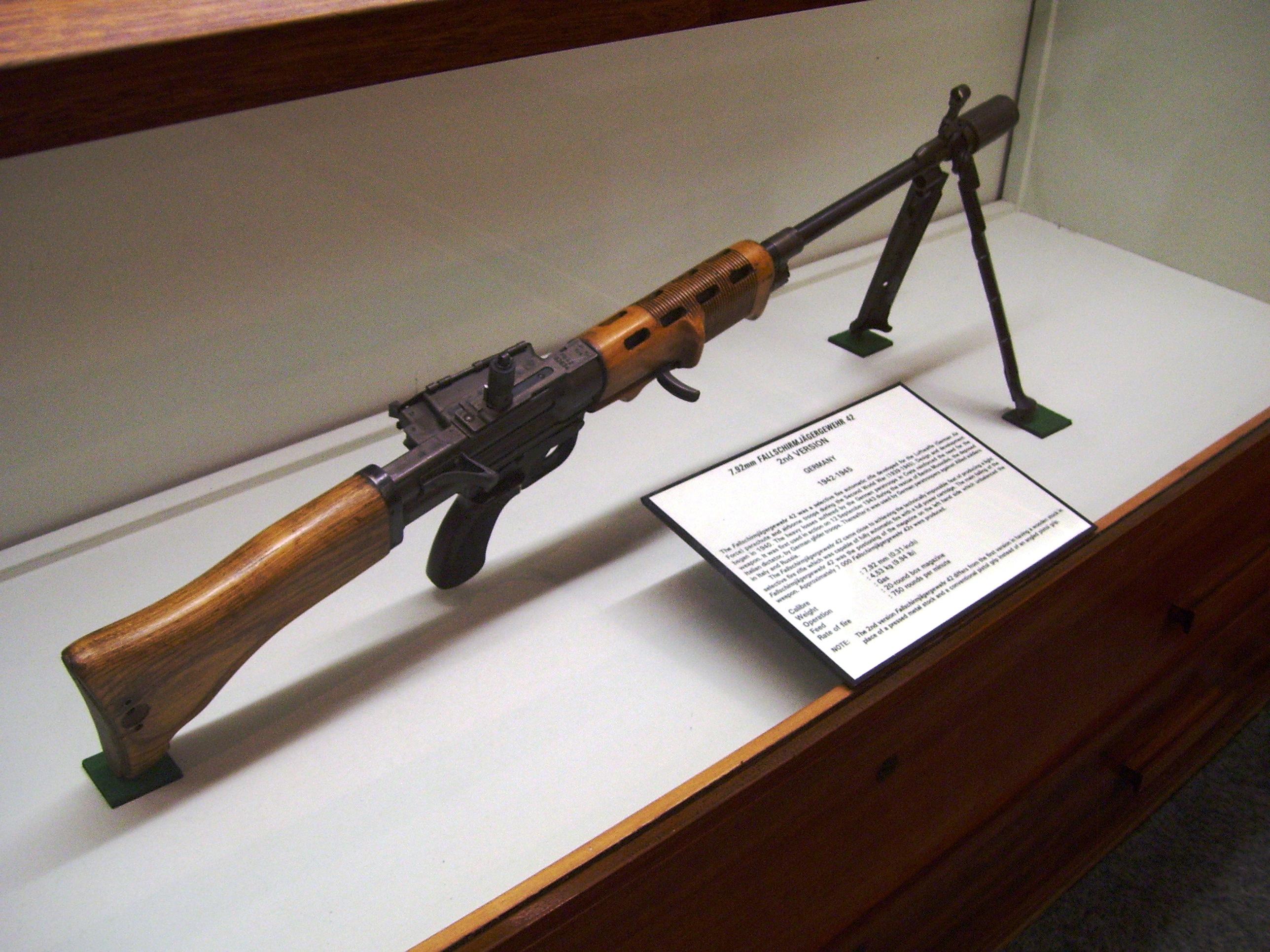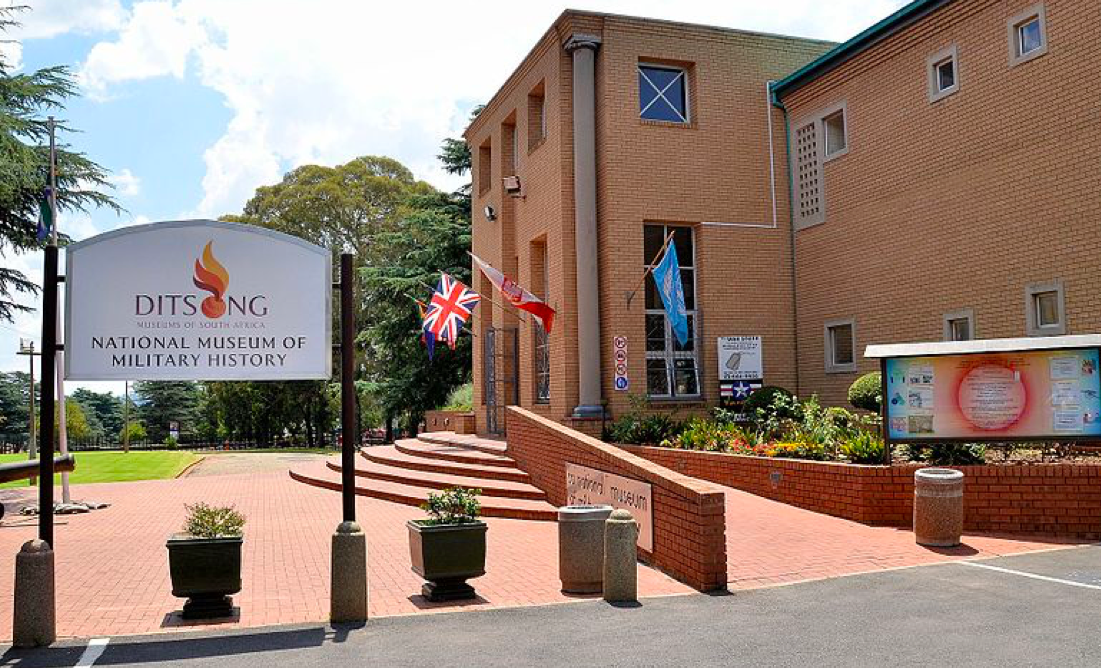
Disclaimer: Any views expressed by individuals and organisations are their own and do not in any way represent the views of The Heritage Portal. If you find any mistakes or historical inaccuracies, please contact the editor.
The Ditsong National Museum of Military History provides a home for the memory and study of military history. It does so by affording visitors a rare opportunity to view the actual artefacts of an often-turbulent past. The Museum began its existence in 1942 when a few far-sighted individuals grasped the need to collect material evidence of our nation’s contribution to world history. After the First World War (1914 - 1918), the idea that a museum could serve as a war memorial led to the establishment of the Imperial War Museum in London. Sadly, no similar effort was made in South Africa, and much of the war material collected during that period was dispersed. This oversight was not to be repeated during the Second World War (1939 - 1945). In 1940, Capt J Agar-Hamilton was appointed official historian to the Union Defence Forces. He formed a Historical Research Committee to ensure the preservation of documents and materials of military interest, laying a foundation for the establishment of the Museum.
Ditsong National Museum of Military History (Google Maps)
The South African National War Museum was opened by Prime Minister Jan Smuts on 29 August 1947. At the opening ceremony, Smuts stated the following:
We are gathered here today to open what may not unfairly be looked upon as a memorial to the greatest united effort our country has been called upon to produce. Memorials, of course, have more than one use. They serve to remind us of what is past, of great deeds of heroism and sacrifice; they also serve as a pointer, and sometimes as a warning to the future.
It is in these senses that the South African War Museum may be regarded as a memorial. It will remind us, I hope, not only of the part we played in the recent great struggle to save civilization, but also of the horrors, the loss of life and the devastation, and serve as a warning to us to create a world in which we shall never have to use again the weapons of mass destruction we see here today, or those dreadful weapons to follow them.
He was referring to South Africa’s participation in the Second World War and had pinpointed the raison d’etre of the Museum.
In 1975, its name was changed to the South African National Museum of Military History to reflect its widening scope - all military conflict in which South Africans have taken part. In 1999, following the restructuring process of national museums, the Museum was amalgamated with the Transvaal Museum of Natural History and the National Cultural Museum into the Northern Flagship Institution. This institution was renamed Ditsong: Museums of South Africa in 2009 and the Museum is now called the Ditsong National Museum of Military History.
Natural History Museum (The Heritage Portal)
The Museum’s reference library, archives and photo archives hold a large and unique collection of books, pamphlets, journals, archival documents, photographs, audio-visuals and maps with friendly staff on hand to assist a wide range of information-seeking visitors. The library is open to the public on working days between the hours of 09-00 and 16-00.
Displays not only reflect historical aspects but also illustrate technological development in warfare. Two historic Bellman Hangars, the original buildings on site when the Museum was opened, house a variety of thematic displays such as the Anglo-Zulu War, the Anglo-Boer War, South Africa’s role in the First and Second World Wars, resistance movements such as Umkhonto-we-Sizwe, medicine in war, the development of combat uniforms and equipment, resistance to war, and so on.
The Museum houses some of the rarest military equipment in the world. The German Me 262 two-seater night fighter of the Second World War is a notable example. The aircraft was converted from a two-seater trainer to cater to the urgent need for an aircraft capable of combating the Mosquito of the Royal Air Force and was deployed in the defence of Berlin in early 1945. It was captured in Denmark at the end of the war and flown to the United Kingdom prior to it being shipped to South Africa in 1947.
Messerchmitt Me 262 B1a U1 (Allan Sinclair)
Another interesting aircraft on display is the Scout Experimental (SE) 5a. This First World War fighter, the first to be powered by a purposely designed aircraft engine, was one of the great combat aircraft of its time. Twenty-two were presented to South Africa in 1920 as part of the Imperial Gift by the United Kingdom to assist in the formation of the South African Air Force. The Museum’s example is the last remaining SE5a of the 1920 Gift and is also one of six examples known to be in existence in the world.
The Museum’s Molch One-Man Submarine is one of several types of midget submarines built by Germany during the Second World War. These were intended for attacking Allied supply shipping off the European coast but were found to be unreliable and unseaworthy and, as a result, were not effective. The example on display was the first item to be acquisitioned at the Museum.
German Molch one-man submarine of the Second World War (Allan Sinclair)
A popular display looks at the development of small arms from the 17th Century. The display includes:
- Flintlock muskets from the 17th, 18th and 19th Centuries
- Percussion lock muskets and rifles
- Rifles from the 19th and early 20th Centuries
- Automatic rifles including the first models of the R1 and R4 assault rifles.
- Anti tank rifles
- Machine guns
Firearms Display (Allan Sinclair)
An example of a rare weapon is the German 7.92mm Fallschirmjägergewehr (FG) 42, an automatic rifle developed for German airborne troops following losses sustained during the attack on Crete in 1940. It was first used in action in September 1943 during the rescue of the deposed Italian dictator, Benito Mussolini, by German glider troops. Thereafter it was used by German paratroopers in Italy and on the Eastern Front. A serious fault of the FG 42 was the positioning of the magazine to the left which unbalanced the weapon.
Small arms 7.92mm machine gun (Allan Sinclair)
Among the valuable medals, orders and decorations located in the collection, is the Victoria Cross, the highest award for bravery, awarded posthumously to the South African Capt Edwin Swales after he had been killed during a bombing raid on Pforzheim in Germany in 1944. The award can be seen along with the other medals in the Swales group.
A rare decoration in the collection is the Honorus Crux Diamond Class, the first of four classes, the other three being the Honoris Crux Gold, the Honoris Crux Silver and the Honoris Crux. As the highest decoration between the years 1975 and 1991, the Diamond Class was to be awarded to members of the South African Defence Force who distinguished themselves by performing deeds of outstanding valour at extreme risk to their lives. Recipients would have carried the post-nominal titles HCD. The decoration was never awarded and the example presented to the Museum is the only one of its kind to be struck.
Honorus Crux Diamond Class (Allan Sinclair)
These are just some of the examples of the aircraft, armour, artillery, medical, naval and engineering equipment, small arms, medals, badges and uniforms, spanning the history of military conflict involving South Africans that are on exhibition throughout the Museum.
The Museum is also regarded as the spiritual and a symbolic home for regular and reserve soldiers and veterans in South Africa. Organisations such the South African Arms and Ammunition Collectors Association, the South African Legion, the Memorable Order of Tin Hats (MOTH) and many other veterans’ organizations are considered stakeholders in the Museum.
An important stakeholder is the SANMMH Building and Development Trust. The Trust was established in 1999 by the Council of Trustees of the former South African National Museum of Military History and is administered as a Public Benefit Organisation as contemplated in Section 30 of the South African Income Tax Act (No 58 of 1962 as amended) and in accordance with the provisions thereof. The funds administered by the Trust were those held prior to 1999 by the Council of Trustees of the former South African National Museum of Military History in the Trustees’ Building and Development Fund. In terms of the Deed of Trust, the Trust utilises the funds in the interest solely of the Museum as stipulated in Article 4 of the Deed of Trust.
In 2023 the Trust initiated a programme to upgrade many of the Museum’s facilities. These included the provision of a garden service to maintain the tranquil garden surrounds, the upgrading of the Museum’s various toilet facilities and the maintenance of the main stacker doors located in the Aviation and Armoured Halls.
The programme has continued in 2024 with the fitting of new energy saving lighting in the two main exhibit hangers, the GE Brink and FB Adler Halls, and a number of painting projects in and around the Museum.
Interior of F B Adler Display Hall (Allan Sinclair)
The Trust also introduced a programme of volunteer maintenance days which have been held approximately four times a year since August 2021. Here a number of military veterans’ associations, different schools and members of the public participate in the cleaning of exhibits. The work is normally divided up to accommodate the wishes of the various associations. For example, the Gunners’ Association will concentrate on the guns while the SAAF Association cleans the aircraft and the Naval Officers Association the naval exhibits, etc. The Museum is indebted to these volunteers for their enthusiasm and support as it provides the Museum with a sense of community involvement which is important.
View of aircraft from Delville Wood Room (Allan Sinclair)
The Ditsong National Museum of Military History plays an important role in the preservation of our country’s military heritage. It is not about celebrating any victory, nor about boasting about our achievements in conflict. It is important that South Africans acknowledge the devastating aspects of warfare but also remember those of our country who made the ultimate sacrifice in a struggle which they believed would create a better world for us all. The Museum is in Erlswold Way, Saxonwold, adjacent to the Johannesburg Zoo.
Allan Sinclair is the Director of Ditsong National Museum of Military History
Comments will load below. If for any reason none appear click here for some troubleshooting tips. If you would like to post a comment and need instructions click here.

